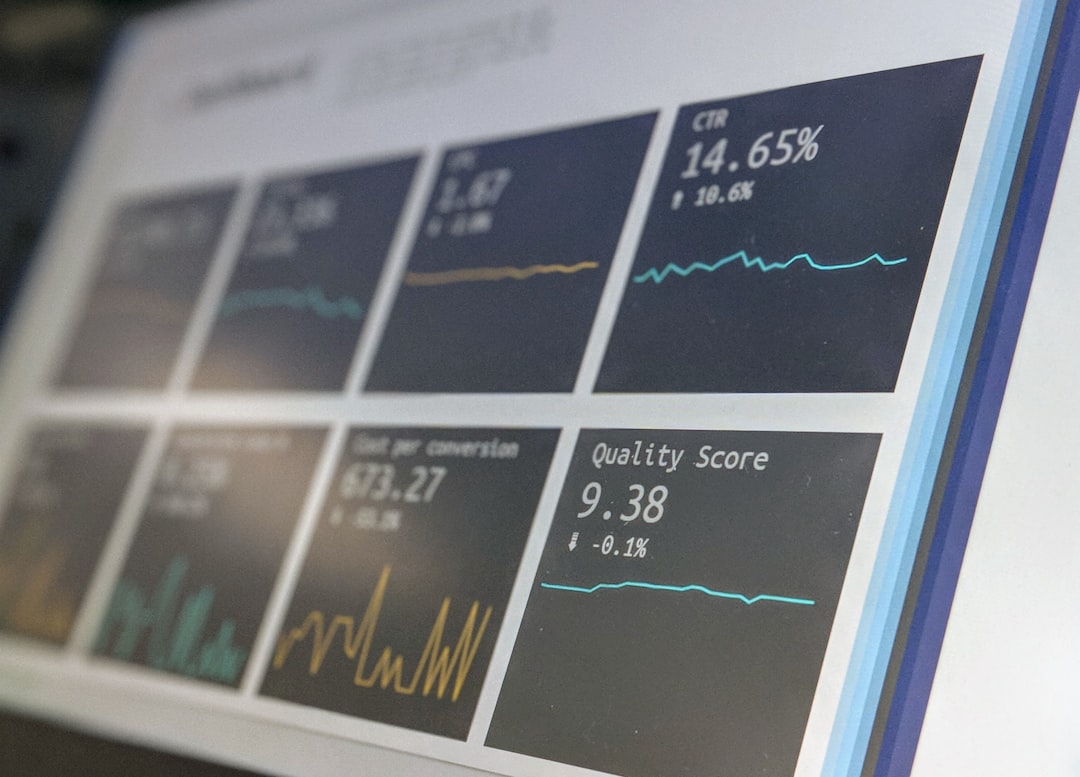
How to Prepare an Economic Report: A Comprehensive Guide
# Introduction. Creating an economic report is crucial for businesses, policymakers, analysts, and researchers alike. These reports provide insights into economic trends, support decision-making processes, and inform strategies for growth and development. This blog post will outline the essential steps for preparing an effective economic report, ensuring you cover vital components and adhere to best practices. Whether you are a novice or experienced in the field, the following guidelines will enhance your understanding and execution of economic reporting. ## Understanding the Purpose of Economic Reports. Before jumping into the preparation of the report, it is important to understand the purpose of an economic report. An economic report identifies and analyzes economic indicators such as GDP, inflation rates, employment statistics, and market conditions. Identifying the target audience for the report is crucial, as it will inform your choice of data, complexity, and presentation style. Different stakeholders, such as business executives, government officials, and academics, will have varying expectations and requirements. ## Conducting Preliminary Research. The foundation of every effective economic report is thorough research. Begin by gathering reliable data from reputable sources such as government publications, financial agencies, and established economic research bodies. Sources like the World Bank, International Monetary Fund (IMF), and national statistics agencies provide a wealth of relevant and up-to-date information. Analyze the data you gather and determine how it fits within the context of your report goals. Don’t forget to check the credibility of data sources and the methodology used to compile the figures. ## Structuring the Report Appropriately. An economic report typically follows a structured format that enhances readability and comprehension. The most common sections include: 1. **Executive Summary**: A concise overview of the report's key findings and recommendations, aimed at stakeholders who may not read the entire document. 2. **Introduction**: An in-depth introduction presents the research problem, objectives, and the significance of the report. 3. **Methodology**: This section describes the data collection methods, analytical techniques, and any limitations encountered during the research process. 4. **Findings and Analysis**: Provide a breakdown of the data you've gathered, along with thorough analysis. Visual aids like charts and graphs can enhance clarity and engagement. 5. **Discussion**: Interpret the findings, explore their implications, and discuss how they relate to existing theories or previous reports. 6. **Recommendations**: Provide actionable recommendations based on your findings. 7. **Conclusion**: Summarize key points and outline the next steps. 8. **Appendix**: Include additional information or data that supports the report but is not crucial to the main discussion. ## Analyzing Economic Indicators. The analysis of relevant economic indicators is crucial for adding depth to your report. Focus on the most important indicators, including GDP growth rates, unemployment rates, inflation rates, and trade balances. Moreover, contextualize the data within broader economic trends, such as global shifts in trade policy or local market changes. Comparing current indicators to historical data adds weight to your analysis, highlighting trends and deviations. ## Writing with Clarity and Precision. Economic reports often contain complex data and jargon. To maximize understanding, write in a clear and concise style. Avoid cluttering your report with technical terms; instead, explain them where necessary. Use bullet points to break down critical information, and incorporate tables and graphs to present data visually. Ensure that your writing is free from ambiguity, putting emphasis on facts and evidence to support your claims. ## Reviewing and Editing Your Report. Prior to finalizing your report, conduct a thorough review and editing process. This step is critical for ensuring accuracy and professionalism. Check for grammatical errors, incorrect data, and formatting inconsistencies. If possible, have a colleague or industry expert review your report to provide constructive feedback. This can also help gauge clarity and impact from a reader's perspective. ## Conclusion. In conclusion, preparing an economic report requires careful planning, research, and analysis. By understanding the purpose of your report, structuring it appropriately, analyzing economic indicators, and writing with clarity, you can craft an insightful document that meets the needs of your audience. Remember, the quality of your analysis and recommendations can greatly influence decisions in business and policymaking. By following these guidelines, you’ll be well-equipped to produce comprehensive and impactful economic reports that effectively communicate your findings and lead to meaningful outcomes. .





